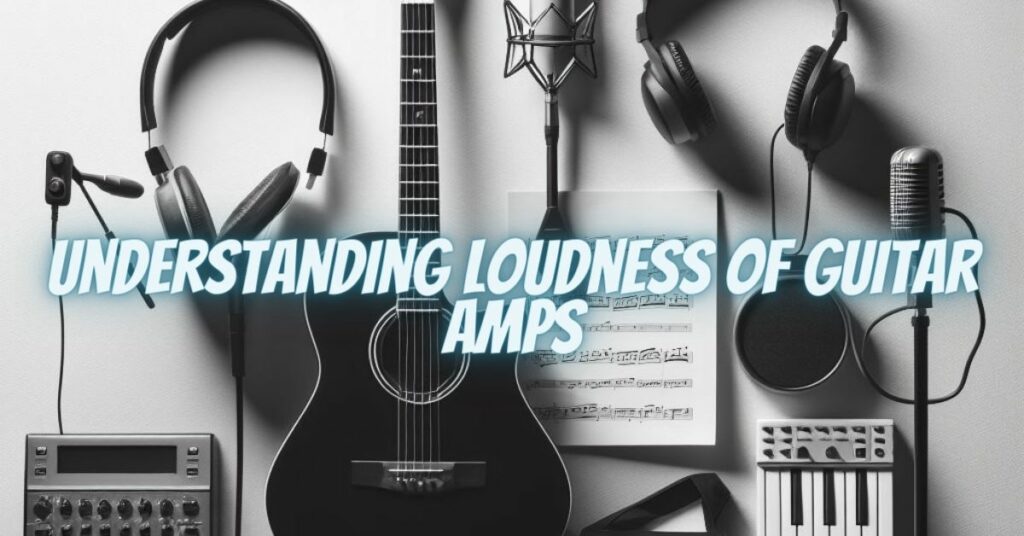Guitar amplifiers are known for their capacity to produce ear-splitting volumes, but have you ever wondered why they can be so loud? In this article, we will explore the key reasons why guitar amps are capable of reaching high sound levels and the various factors that contribute to their remarkable volume.
Amplifier Power and Wattage
Amplifier power, typically measured in watts (W), is a fundamental factor that influences the volume of a guitar amp. Higher-wattage amplifiers have the potential to produce greater sound pressure levels. The connection between amplifier power and volume can be summarized as follows:
- Amplifier Wattage: A higher-wattage amplifier has more electrical power available to drive the speakers, which translates into increased volume potential.
- Clean vs. Overdriven Sound: In the context of guitar amplifiers, the wattage affects both clean and overdriven sound. At lower volumes, amplifiers may produce cleaner tones, but as the volume is cranked up, they can also achieve rich overdriven tones associated with rock and blues.
- Stage and Venue Size: The wattage of an amplifier is also influenced by the performance context. Amplifiers with lower wattage are suitable for small venues and practice, while high-wattage amplifiers are intended for larger stages and venues.
Speaker Configuration
The number, size, and arrangement of speakers in a guitar amp significantly affect volume output. Common speaker configurations include:
- Single Speaker (1×12): A single 12-inch speaker is common in smaller amplifiers. While it provides respectable volume, it may have limitations in larger venues.
- Multiple Speakers (2×12, 4×12, etc.): Amplifiers with multiple speakers offer increased volume, enhanced sound dispersion, and wider coverage. They are often used in larger venues and live performances.
- Cabinet Design: The cabinet design, including open-back and closed-back configurations, affects the way sound propagates. Closed-back cabinets can produce more focused and directional sound.
Tube Amplifiers vs. Solid-State Amplifiers
The amplifier’s technology plays a role in the generation of loudness:
- Tube Amplifiers: Tube amps, also known as valve amplifiers, are favored for their warm and natural tone. They tend to produce natural overdrive and have the potential for high volume levels, making them popular for live performances.
- Solid-State Amplifiers: Solid-state amps, which use transistors, are known for their reliability and clarity. They can achieve high volume levels but may not produce the same natural overdrive as tube amps.
Guitar amps are so loud because they are designed to provide the necessary volume to cut through a mix and be heard in live performance settings. They offer versatility, allowing guitarists to go from clean tones to overdriven sounds by manipulating the volume and gain settings. Additionally, the synergy between the amplifier, speaker configuration, and the guitarist’s playing technique can result in the production of exceptionally loud sound when needed.
Guitar amps are capable of reaching high volumes due to factors such as amplifier power, speaker configuration, cabinet design, and amplifier technology. Their ability to produce loud, overdriven tones has made them a staple in live music and recording studios, giving guitarists the means to express their art at the desired volume and intensity.


